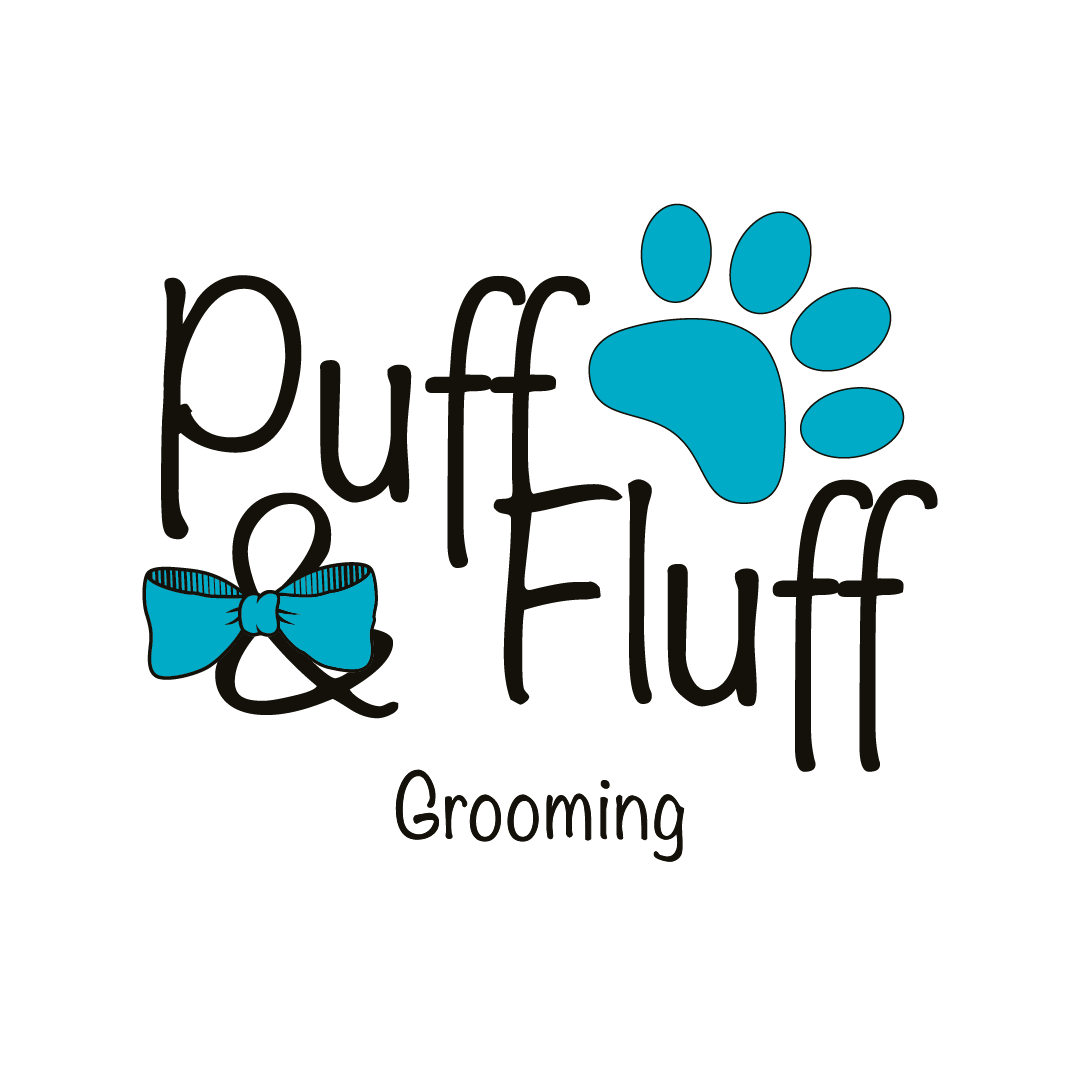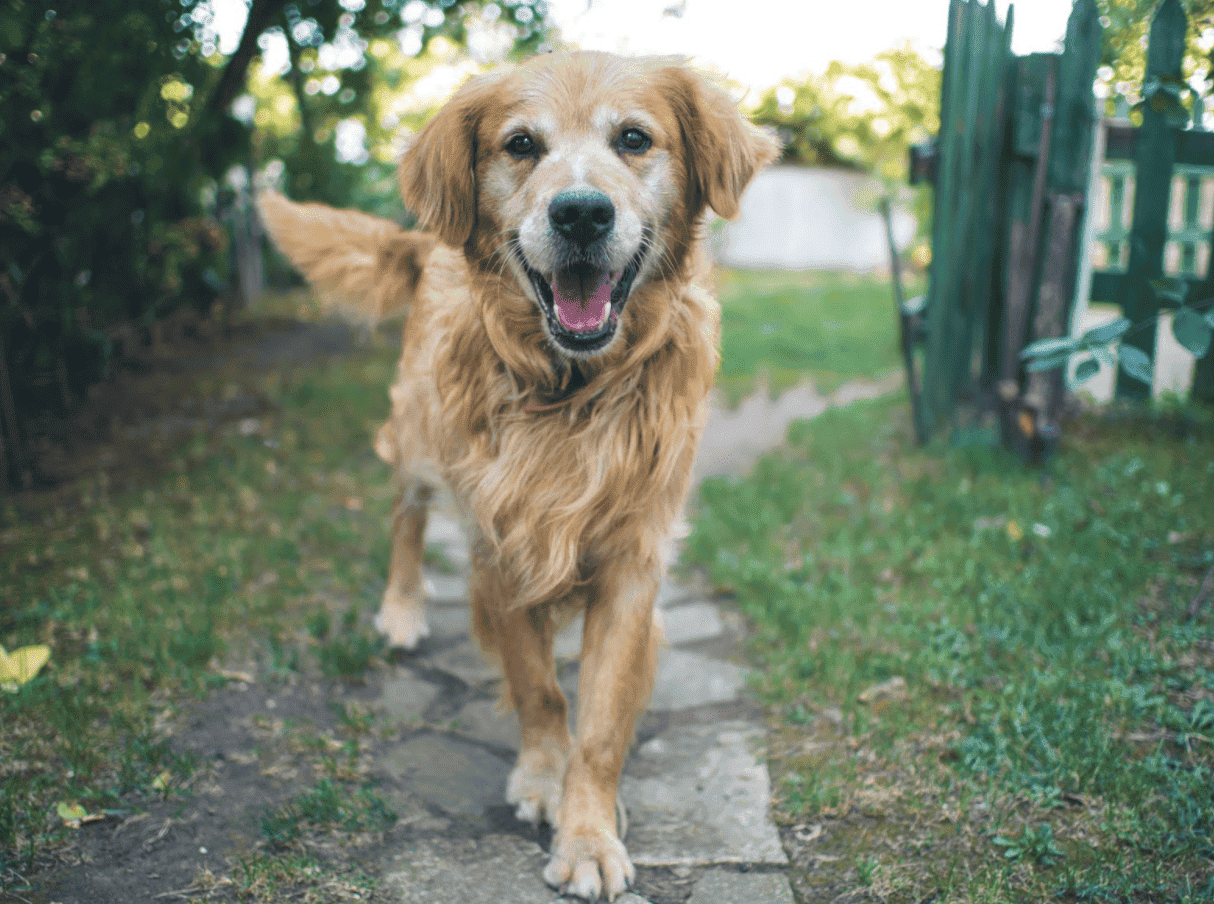Although we may not want to think about it too much, our dogs will age and grow old just like us. Unfortunately, our four-legged companions’ senior years come a lot faster than ours. As they approach the golden years, it’s important to start thinking about your pet’s changing needs.
Doing so will allow you to plan for their care and what kind of changes you may need to make to facilitate healthy aging. Before we get into the details of how you can improve your senior dog’s quality of life, we first need to understand what makes a dog a senior.
So, what exactly is a senior dog?
A senior dog is defined differently depending on the breed. In general, small dogs usually live longer than larger breeds. What this means is that a Mini Groodle will reach maturity and its senior years much later than say, a Saint Bernard. All things considered, our four-legged companions can be considered seniors once they reach the ages of 7 to 9 years old.
What are the signs of aging in dogs?
Although it may seem like the first sign of aging should be your dog’s age, there is a huge difference between a 7-year old Great Dane and a 7-year old Maltese. A 7-year old Great Dane may be less energetic and start to experience health issues while the latter might not be considered a senior yet. Nonetheless, the most common signs of aging include:
- Arthritic pain and foot pad issues
- Hearing and vision loss
- Greying hair and calluses
- Less energy and decreased appetite
It’s important to note, however, that these signs should be mild. If the symptoms are severe, the dog should be considered a geriatric instead of a senior.
https://unsplash.com/photos/Crj3gU0aJsU
What are the ways I can improve my senior dog’s quality of life?
As your four-legged companion grows older, they will need more tender loving care and attention to facilitate healthy aging. Just because they are getting on in age, however, doesn’t mean they can’t enjoy the activities they enjoyed earlier in life. Your dog will still enjoy playing, socializing, cuddling, and daily treats. What matters most to them is the continued support and love of their owners as they get older.
Here are ways you can improve your dog’s quality of life during their golden years:
Monitor Your Dog’s Health
Keeping a close eye on your older dog is important at any age but can be critical as they grow older. Monitoring their health and overall disposition will help you notice symptoms of possible diseases early on. By monitoring your dog’s health, you and your veterinarian can react sooner and begin treatment during the early stages of a disease. This gives you more treatment options and also increases the chances of successful treatment and recovery.
Schedule Regular Vet Visits
At this point, your furry companion may be used to vet visits and may have built a relationship with their vet. During the senior years, the most important thing you can do as a pet owner is to get your pup checked out regularly. Your vet may notice signs or symptoms you could potentially miss. When it comes to taking care of a senior dog, preventive care is often the best measure against disease.
What’s more, your dog’s vet can also recommend the right diet, amount of exercise, and the most suitable brand of supplements to promote healthy aging. Mobility supplements are helpful in relieving chronic pain caused by arthritis and can improve your dog’s mobility and increase energy levels.
Get the Right Equipment
Similar to how we may need assistive devices like walkers or wheelchairs when we get older, senior dogs can also benefit from equipment made to meet their needs. Equipment like dog stairs or dog ramps can help your dog reach your bed or the couch with minimal effort. This can be useful if you have a Pembroke Welsh Corgi as a pet. The breed is known to be an avid jumper and the hard, sudden impact on their legs can cause severe issues during their senior years.
Other useful senior dog care products include memory foam or orthopedic dog beds. These beds can provide ample support to give your pooch a good night’s sleep. Dog harnesses can also put less pressure on your dog’s neck when you go on daily walks.
Engage in Age-Appropriate Exercise
As mentioned above, your senior dog may not be as active as they once were. However, this does not mean your older pup won’t enjoy regular walks and other fun-filled, physical activities. When going out for walks, it’s generally better to go for slower, shorter, but more frequent walks. This is an excellent way to prevent muscle atrophy and can also provide mental stimulation.
If you plan on buying a corgi for sale, you should know as early as now that they are an outgoing and cheerful breed that enjoys playing and going outside. Hence, age-appropriate walks and activities will ensure they are happy at their advanced age but will also prevent them from straining themselves.
Maintain a Well-Balanced Diet
Older dogs will benefit from a well-balanced diet that is formulated to meet their specific needs. Generally speaking, senior dogs require lower calories and sodium, fewer carbohydrates, and higher protein to maintain good health. If your dog has a specific condition like liver disease or diabetes, a special veterinary diet may be necessary to manage symptoms. Your vet can recommend a suitable diet plan to meet your older pup’s changing needs.
These are just a few ways you can improve your older dog’s quality of life during the golden years. Senior dogs still have a lot of great years left and as they get older, they will need your continued love and support to age happily and healthily. If you want to keep your furry companion around for as long as you can, the best way to do so is by looking after their needs and making sure they are healthy and comfortable. It may also be a good opportunity to have a creative pet portrait taken of him to celebrate his life and to always remember him by.

